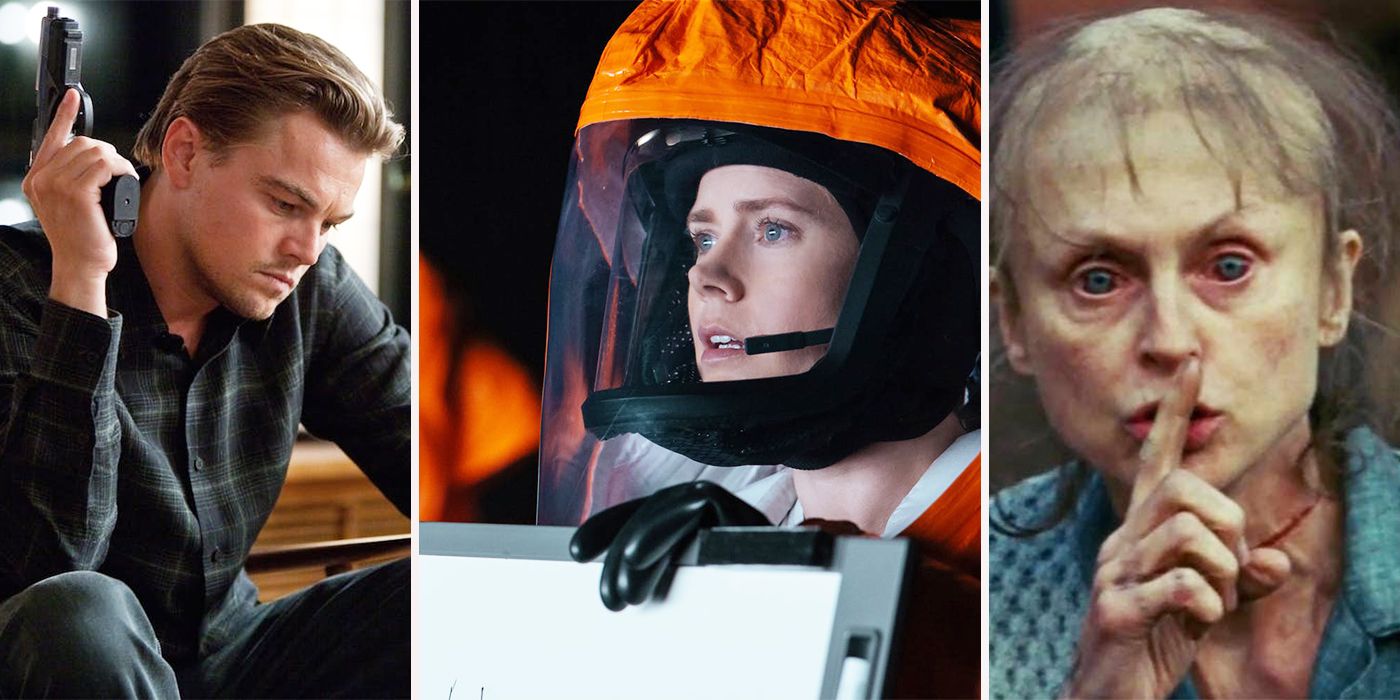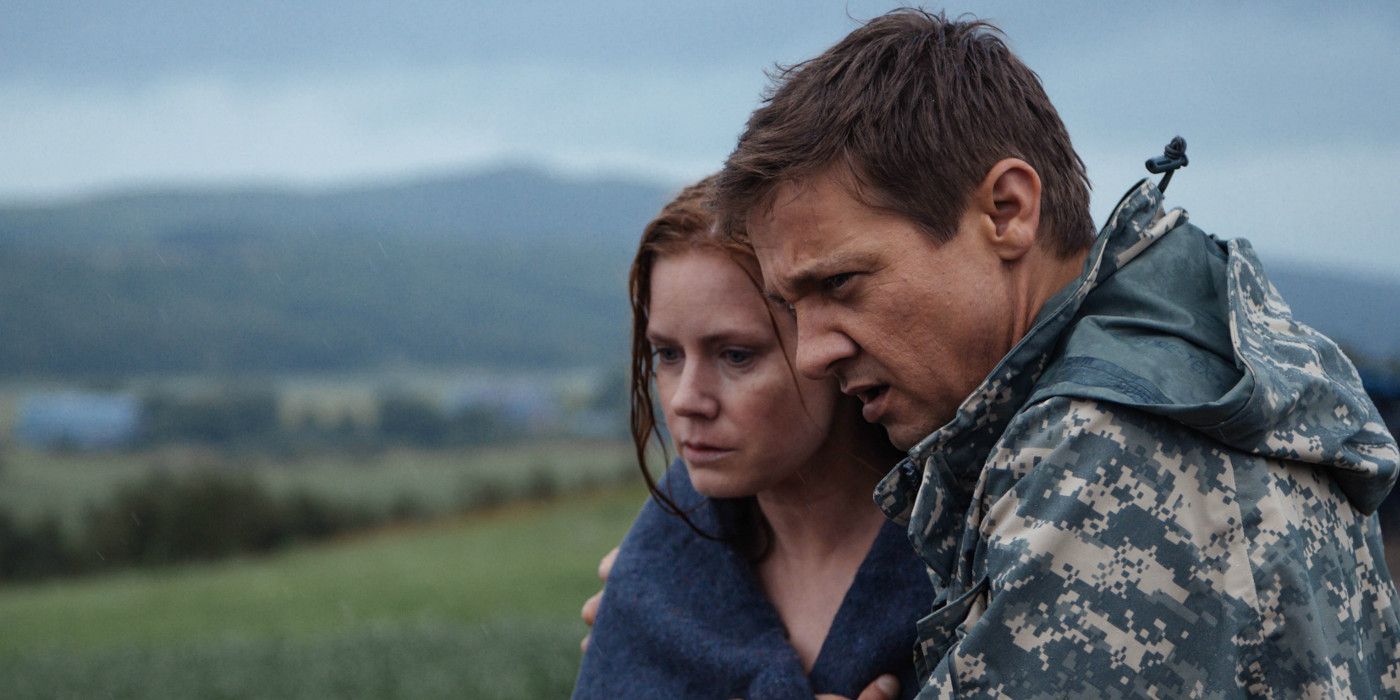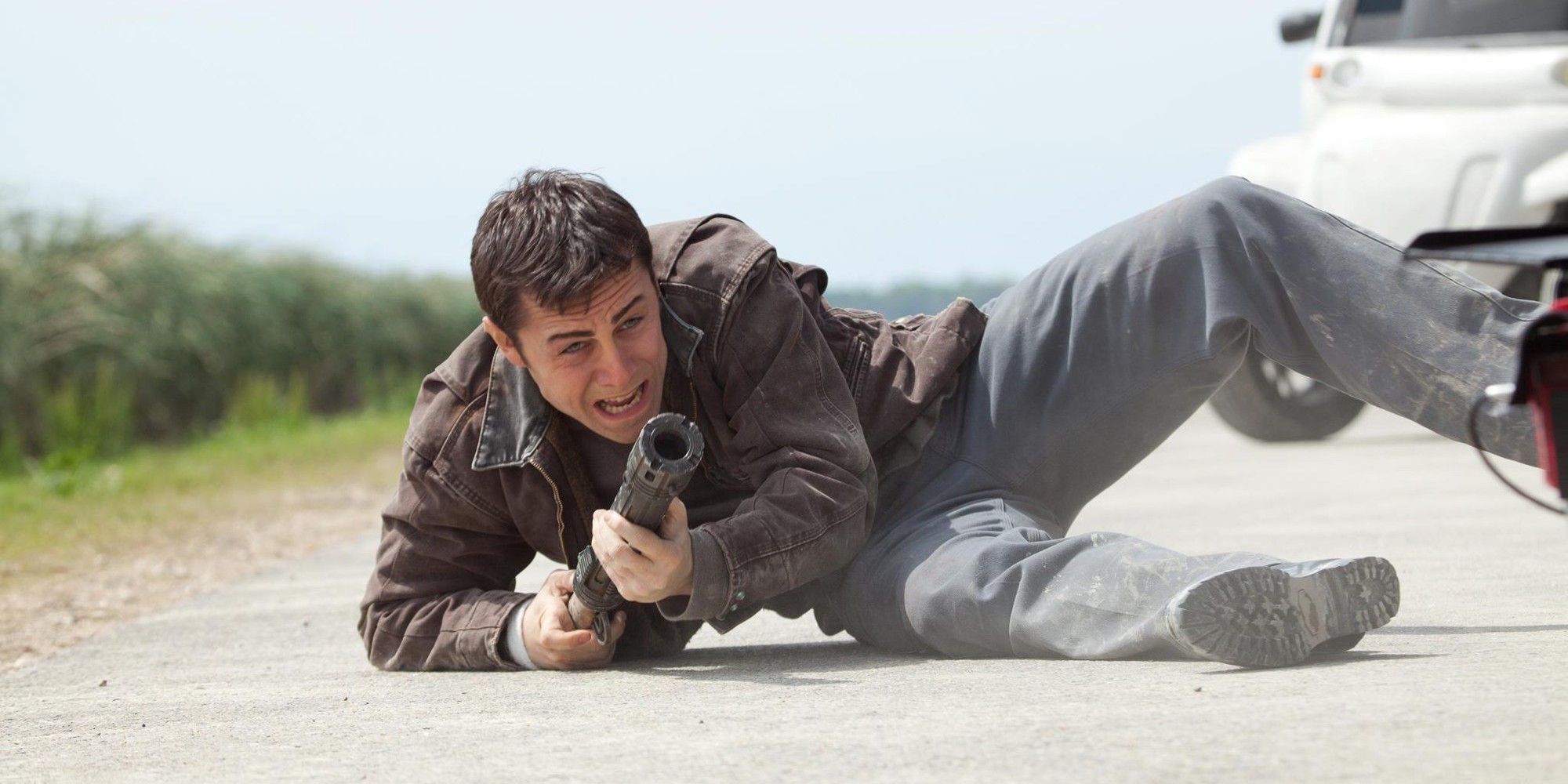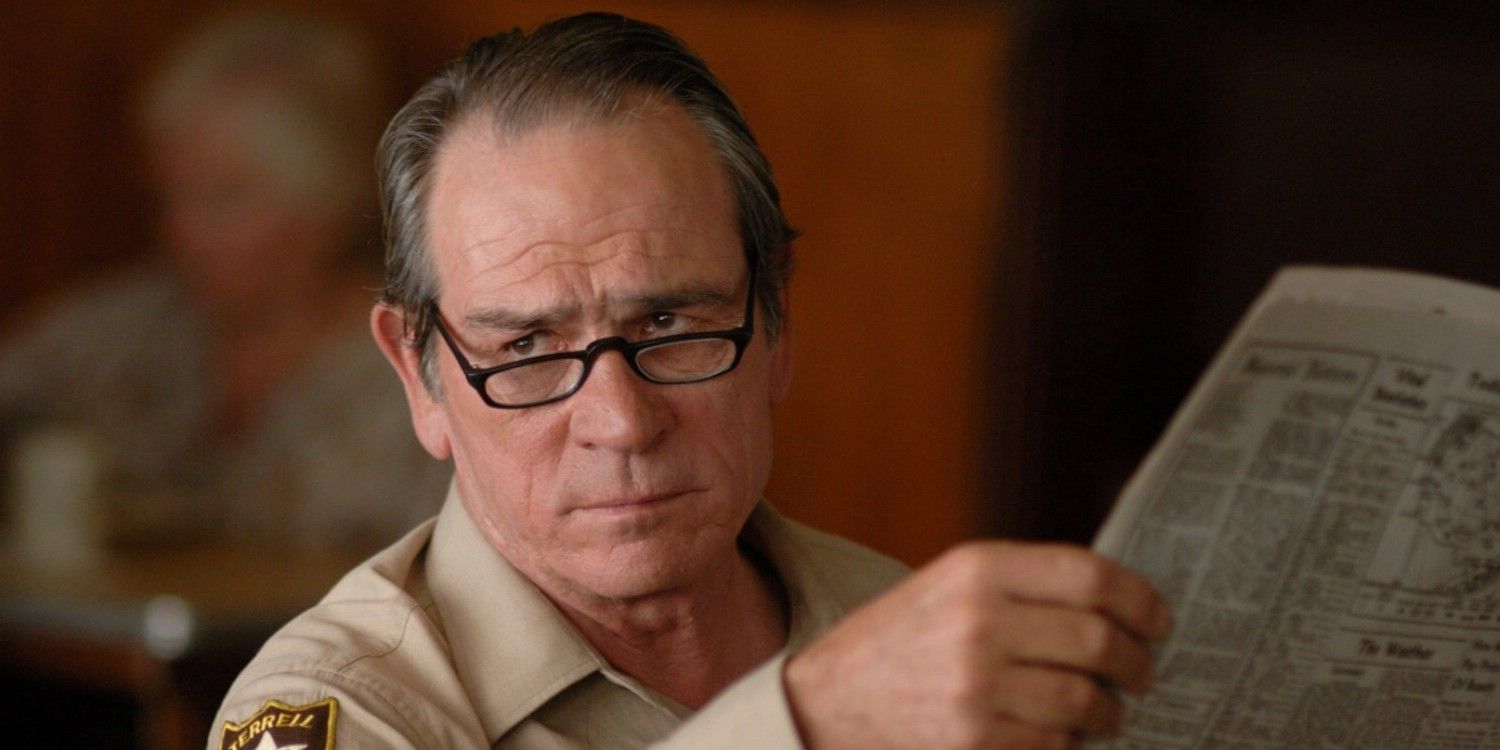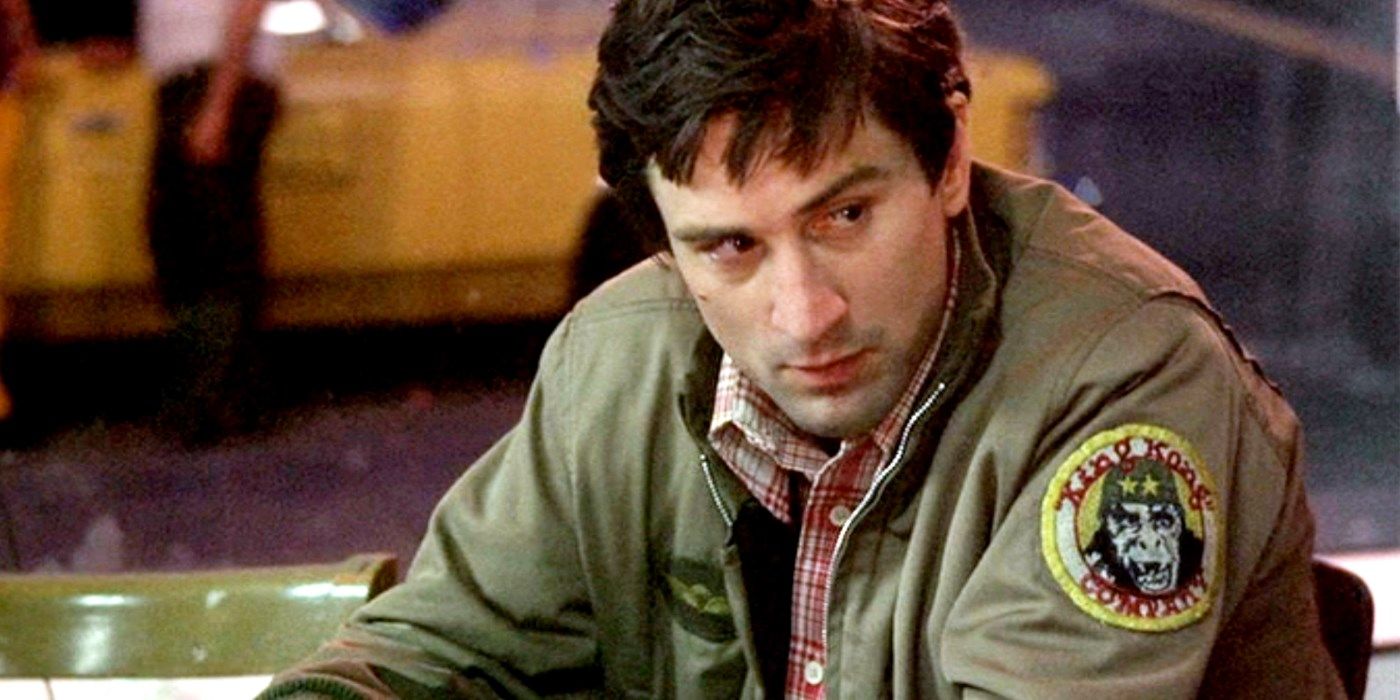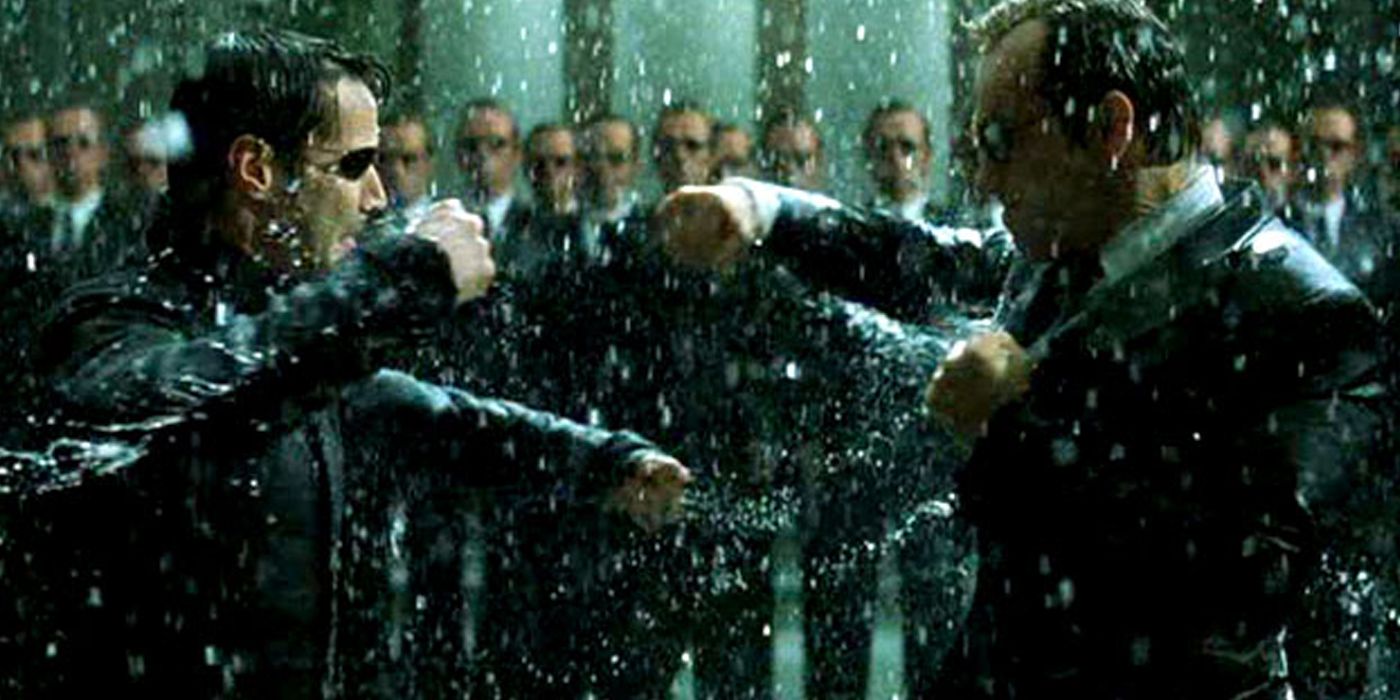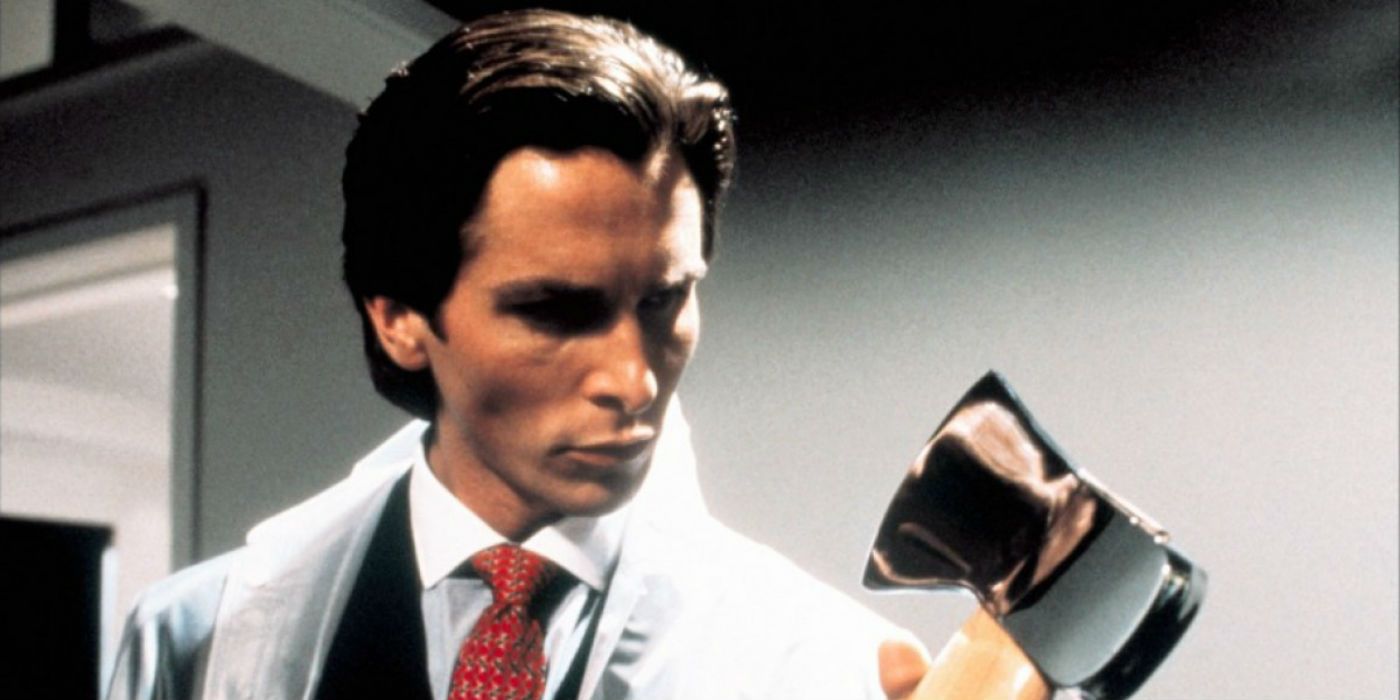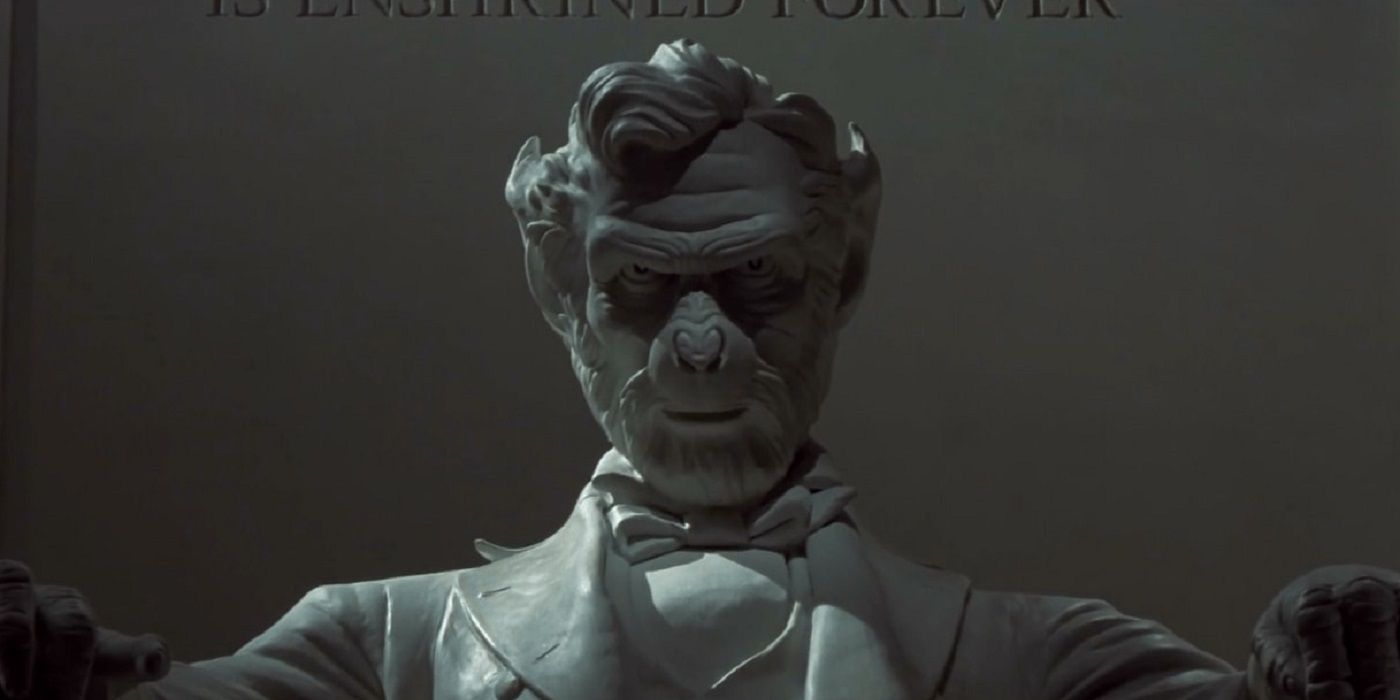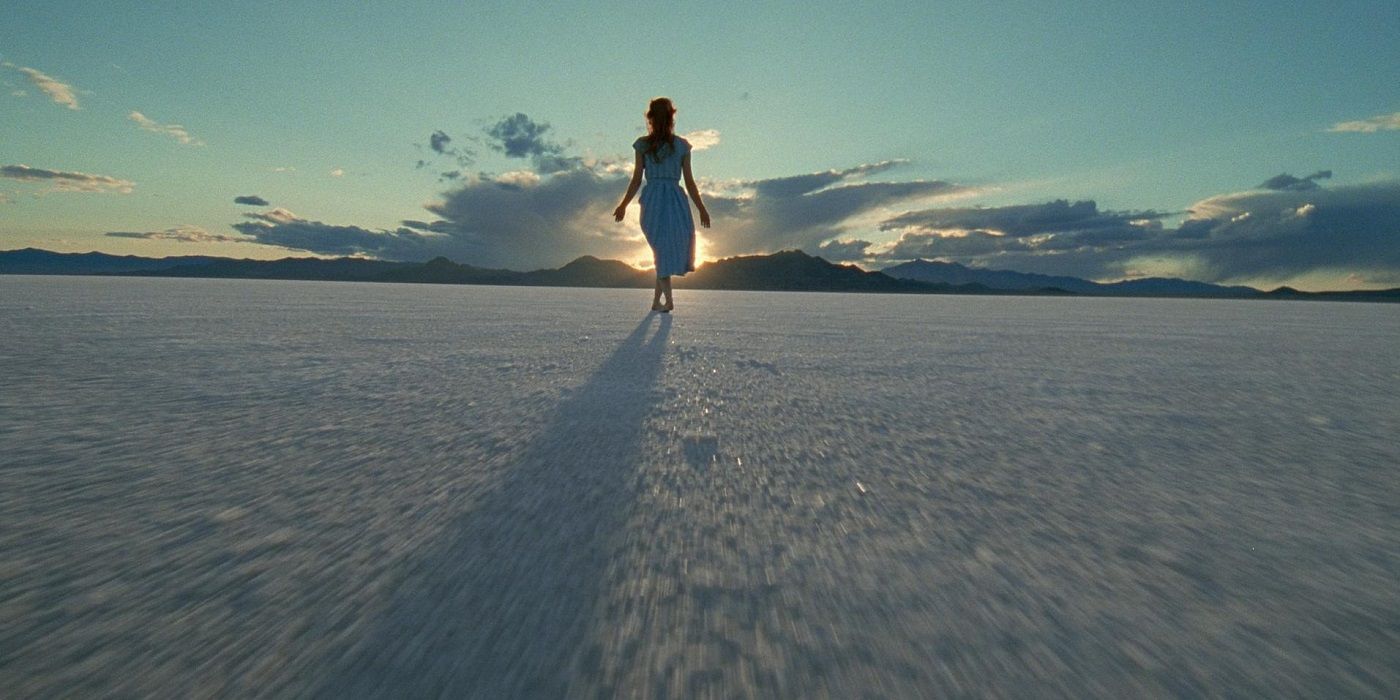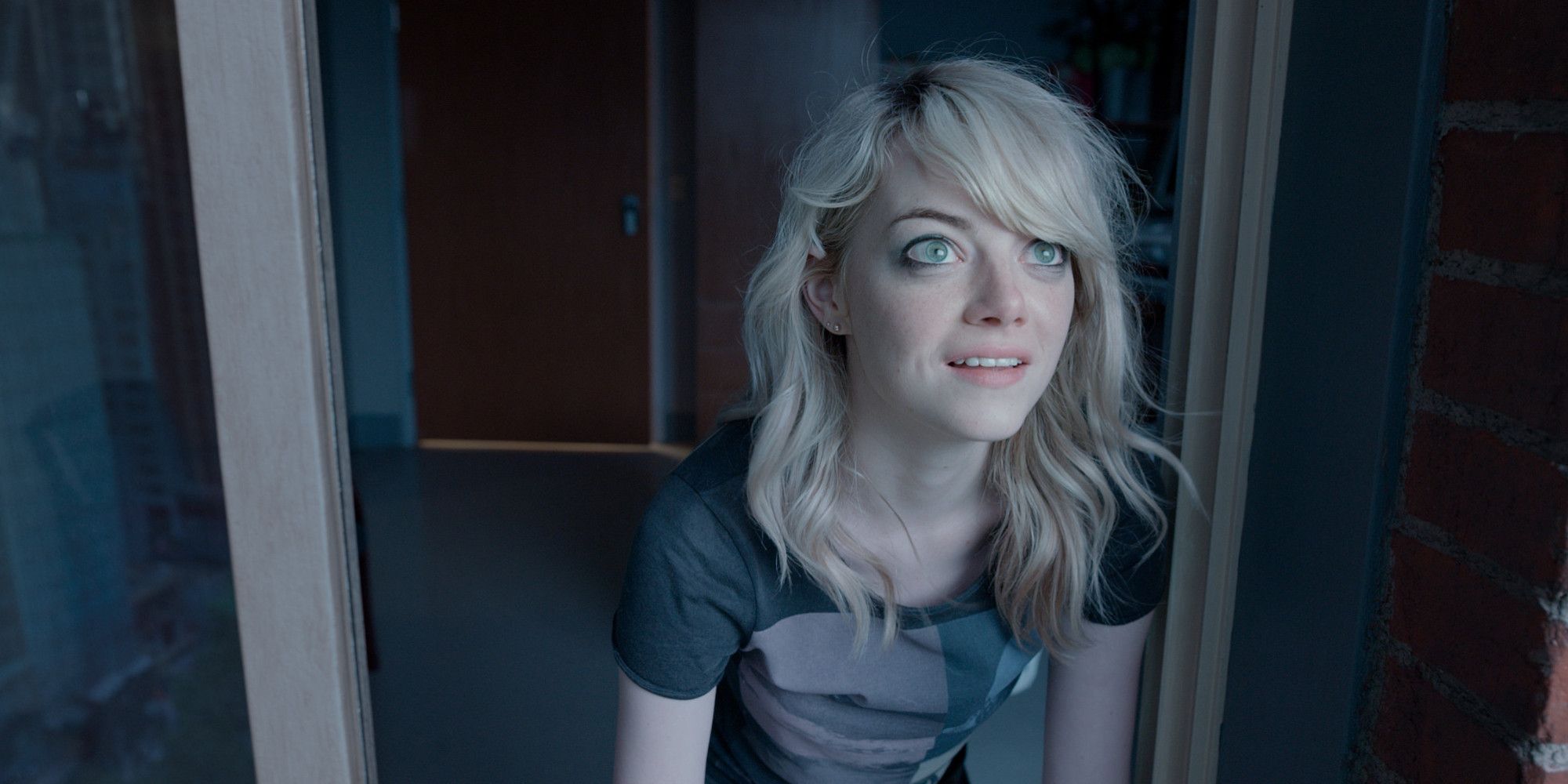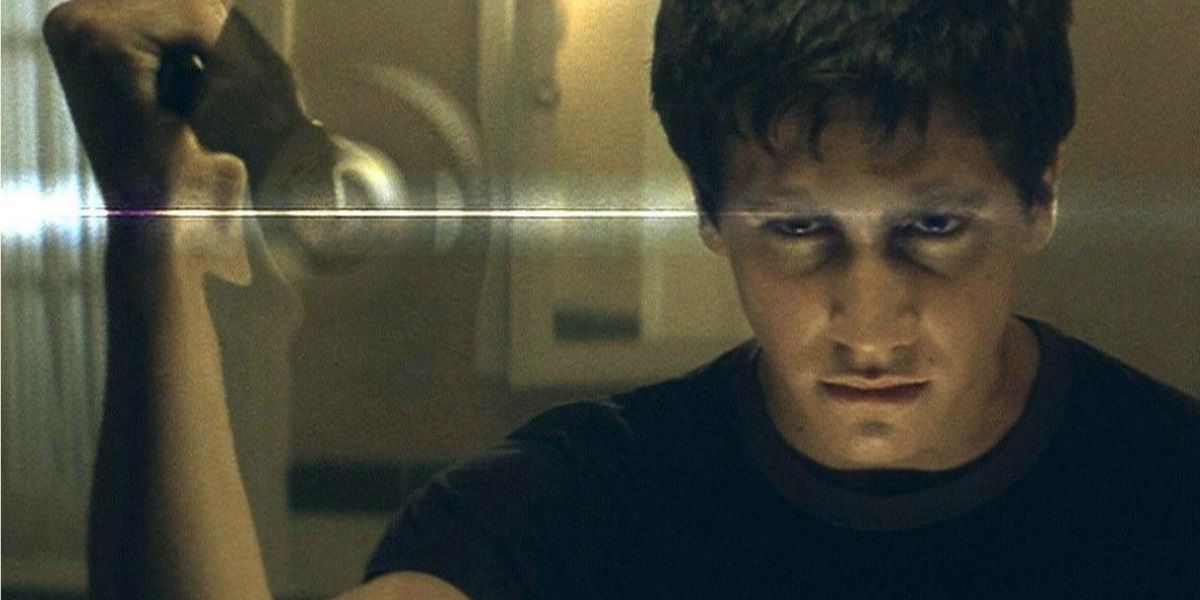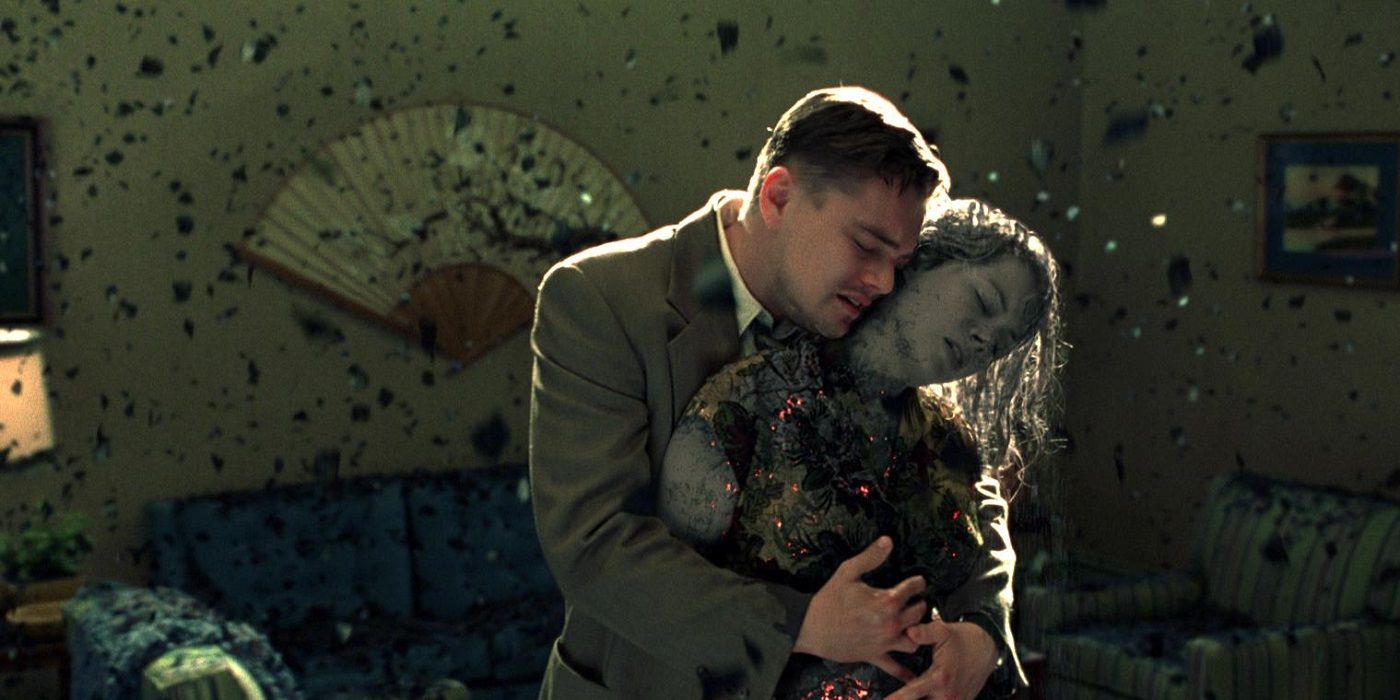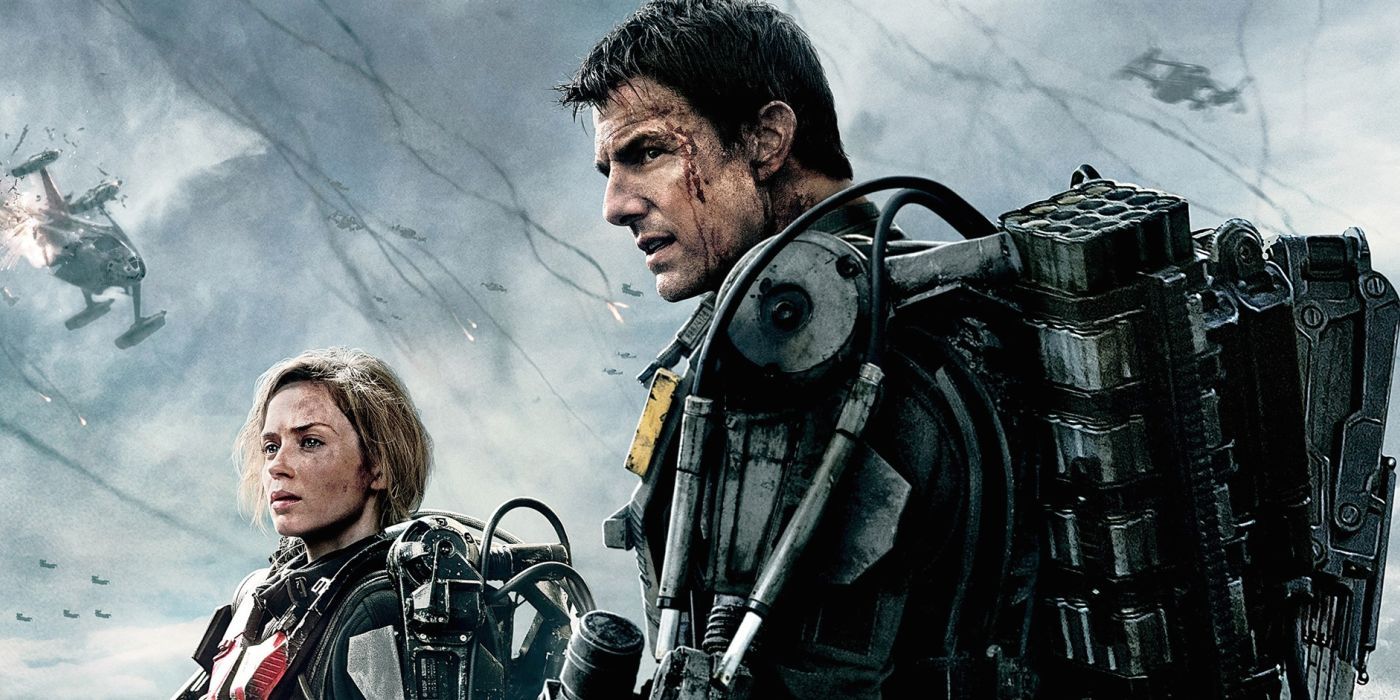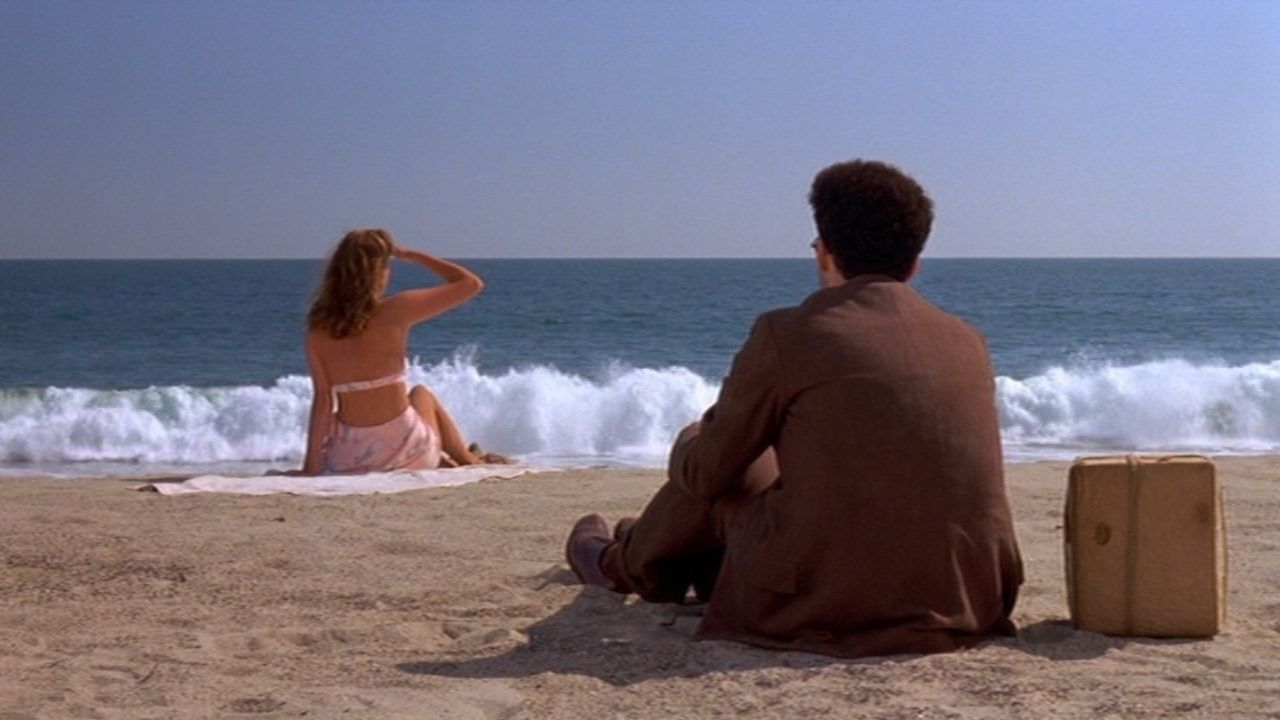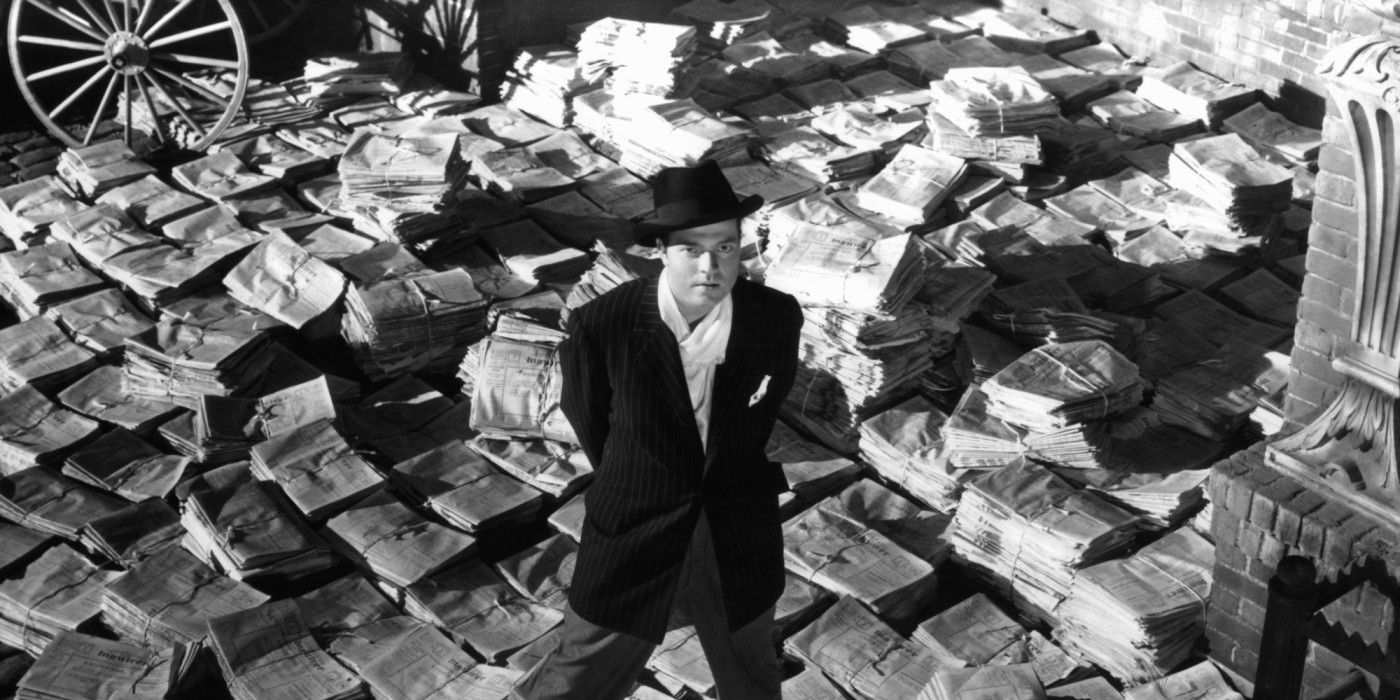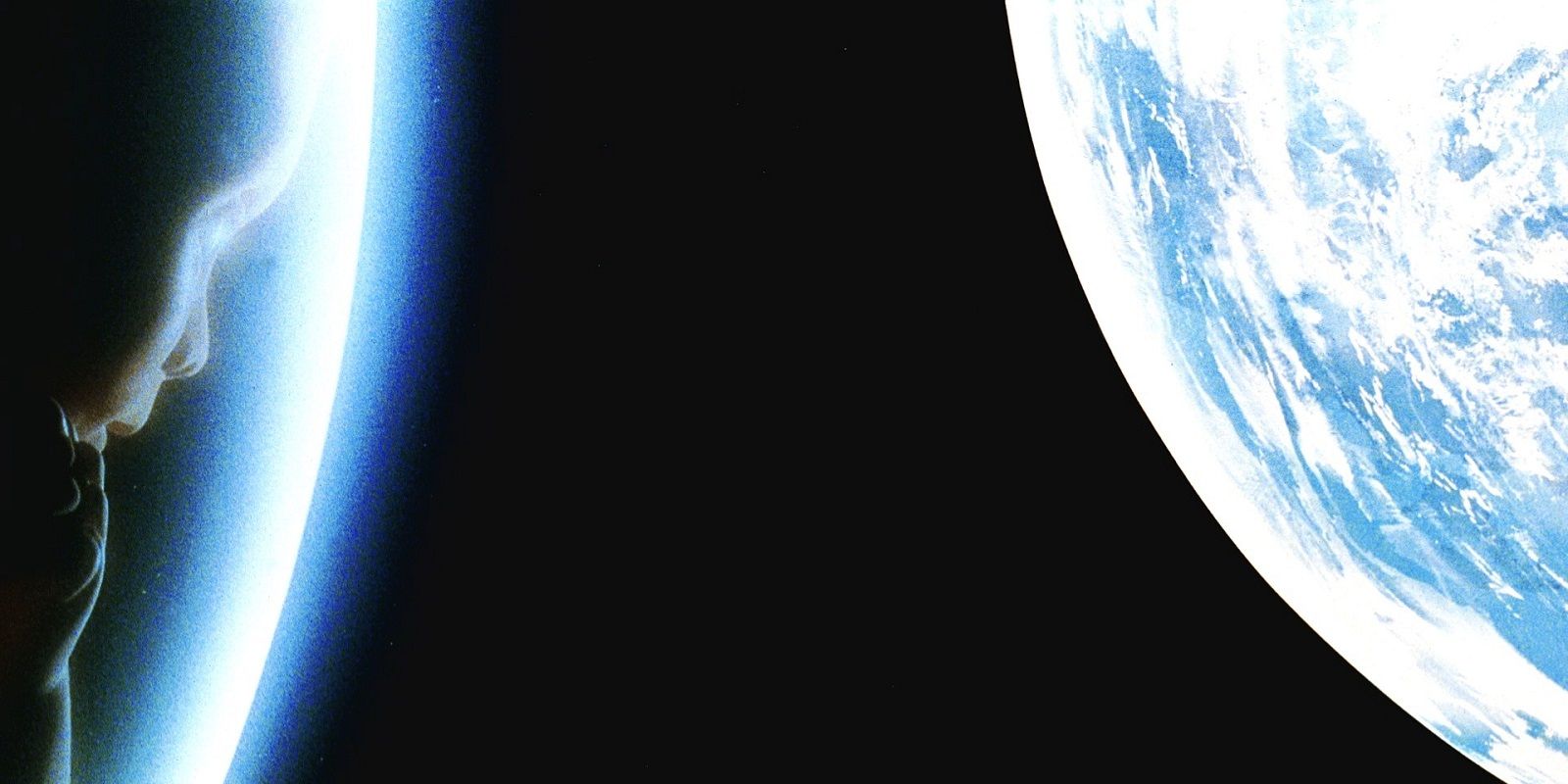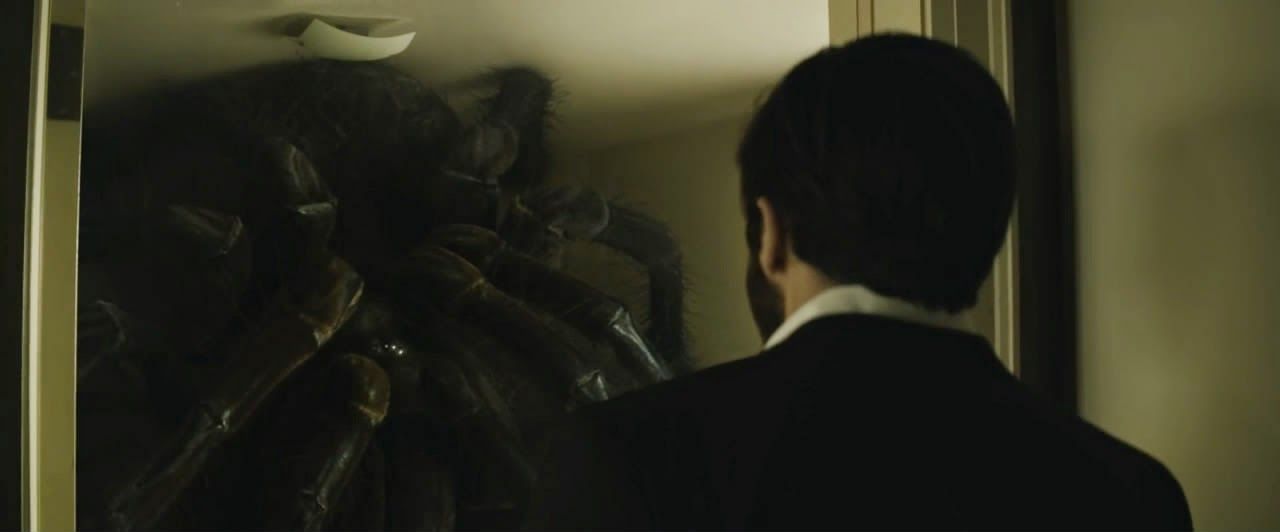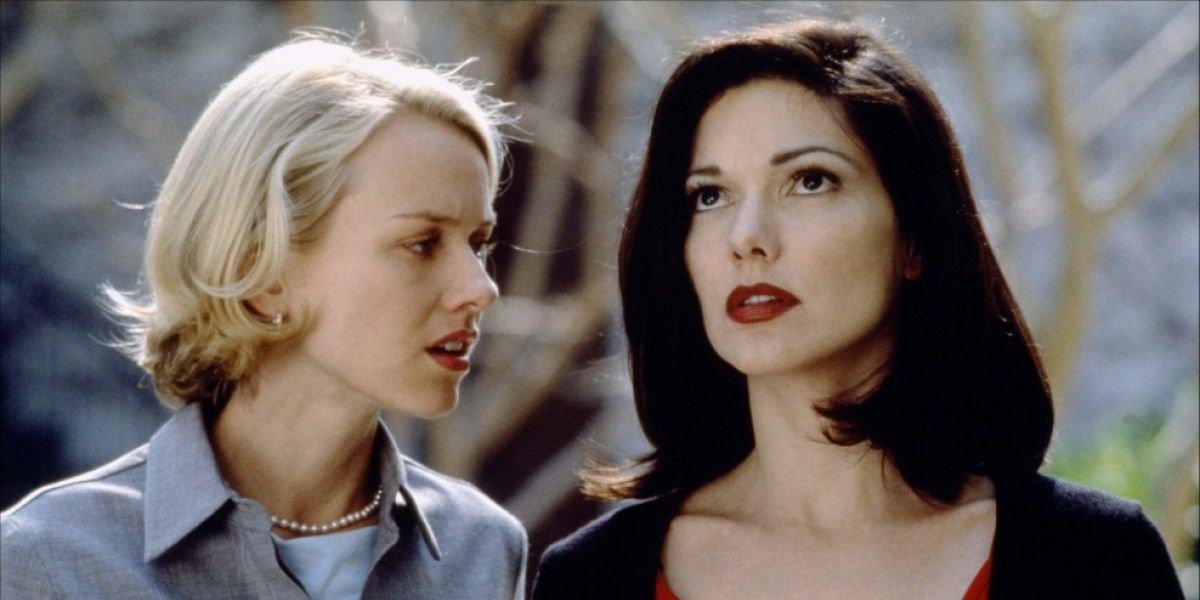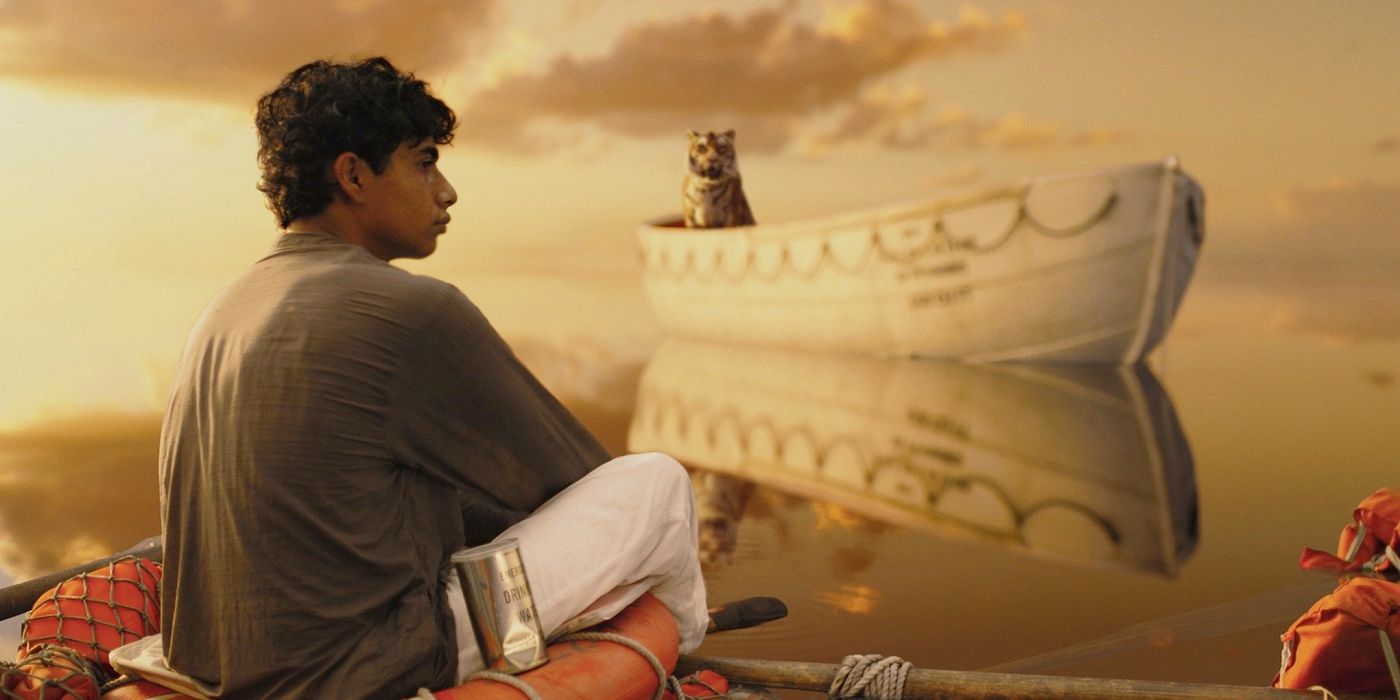If you’re a movie fan – and we’re guessing you are, given you’ve visited Screen Rant – you’ve come across your fair share of confusing endings. While some films are downright baffling from start to finish, in a lot of cases, things only start to take an unexpected (and often inexplicable) turn during the closing moments.
Sometimes, we can tease out the meaning behind a finale with bit of extra thought (not to mention a cheeky repeated viewing or two). But just as often, even after considerable mental effort and umpteen re-watchings, viewers can still be left scratching their heads.
This can be further aggravated in instances where films end on an ambiguous, open-ended note. Here, the director deliberately refuses to serve up an easy answer to audiences, leaving us to wonder not only how the story ended, but inviting us to speculate over what happened next.
Fortunately, thanks to the wonders of the Internet age, we have a jaw-dropping wealth of information at our finger tips – whether it’s actual commentary by the filmmakers or well-researched theories by fans and critics.
As such, we’ve mined this online knowledge bank to create this list, which covers 20 Insanely Confusing Movie Endings (And What Happened Next) – try to keep up!
20. Arrival
Arrival, about a linguistic specialist hired translating alien communications, ranks as one of the most critically lauded sci-fi movies in recent memory. That said, director Denis Villeneuve managed to bewilder more than a few viewers with the film’s finale.
As Arrival reaches its conclusion, the linguist has developed precognitive abilities from the aliens. It's revealed that we thought were flashbacks of her dead daughter Hannah throughout the movie were actually glimpses of the future.
It also turns out that Louise’s physicist colleague Ian is destined to become her lover and Hannah’s father, who will later leave her when he learns that Louise knew in advance that they would lose their child.
So basically, any time you see a flashback, you’re actually watching a flashforward. At the start of Arrival, Louise isn’t separated and hasn’t yet had a baby – all of that happens after the main story takes place!
What happened next? As discussed earlier, Louise and Ian split over her (admittedly unfair) decision to keep him in the dark over Hannah’s inevitable death. On a more positive note, much further down the track – like 3,000 years later – humanity continues to flourish, and apparently saves the alien race from extinction.
19. Inception
Dream-heist caper film Inception is notorious for its open-ended final shot, which fans are debating to this day.
When lead character Cobb and his team of “extractors” infiltrate the mind of Robert Fisher and successfully push him to break up his family business, Cobb is apparently exonerated of the false murder charge against him as payment.
Everything is looking rosy as the movie draws to a close, with Cobb at last reunited with his children – or is he? We’re left to wonder, as our hero’s spinning top – which continues to rotate indefinitely if he’s in a dream – isn’t shown to stop rotating before the credits roll.
So does Cobb really get his happy ending? Or is he simply dreaming it all? Well, despite some impressive arguments in favor of the latter, there’s enough evidence littered throughout Inception to say pretty conclusive that what we’re watching is really happening.
For starters, the top appears to wobble, and we hear what sounds like it toppling over shortly after. If that’s not enough, Cobb’s also not wearing his wedding ring, a visual clue used by Nolan to indicate non-dream sequences.
What happened next? Cobb gives up his life of sleep-based corporate espionage, and raises his two children for real!
18. Looper
Rian Johnson’s Looper did well both with critics and at the box office back in 2012, but it’s since come under fire from film buffs who take issue with its plot – including its twist ending.
The overall premise behind the finale – which sees hitman Joe commit suicide so that his future self isn’t able to unwittingly set off a chain of events leading to the rise of a brutal crime boss, The Rainmaker – isn’t hard to follow.
It makes sense in an intuitive, causal way: if Young Joe is dead, he can’t go on to become Old Joe, and if Old Joe doesn’t kill the future Rainmaker’s mom in front of him, he’s unlikely to break bad and become a crime boss.
True, if you examine the narrative of Looper more closely, paradoxes and inconsistencies with the time travel mechanic start to crop up – but that’s unavoidable with any story of this kind.
What happened next? There’s no way to know for sure, but it’s strongly suggested that Joe’s sacrifice ensures that Cid is raised in a loving environment and doesn’t wind up as The Rainmaker.
17. No Country For Old Men
The Coen Brothers's Best Pictur-winning No Country For Old Men is a haunting modern day Western based on a novel by Cormac McCarthy. However, plenty of viewers have complained about the film’s rather cryptic ending, which centers around retired sheriff Tom Bell relating two seemingly random dreams.
But are those dreams really that random? Well, no – they’re actually crucial to understanding the underlying themes of the film.
The first dream – where Bell misplaces some money given to him by his father – symbolizes the lack of importance Bell ascribes to cash. This allows him to survive the events of the film, when greedier characters can't. At the same time, Bell subconsciously feels like he has let down his deceased father through his inability to bring order to a violent world.
The second dream involves Bell and his much younger father riding in the mountains. When Bell’s dad goes ahead to light a fire for his elderly son, it illustrates that it’s the role of the young to keep the growing darkness at bay – old guys like Bell are out of their depth by comparison.
What happened next? Bell continues on in retirement, never truly at ease with his failure to comprehend or control the evils of the world – including hitman Anton Chigurh, who lives to kill another day.
16. Taxi Driver
Martin Scorsese’s Taxi Driver is a searing snapshot of the rage and disillusionment that characterized post-Vietnam War America – and it could not end on a more ambiguous note.
After troubled cabbie Travis Bickle goes on a shooting spree – ostensibly to rescue child prostitute Iris from her pimp – he is praised by the media (and by Iris’ parents) for his actions. He then appears to reconcile with love interest Betsy, before driving away in his cab, peering into the rear view mirror to the disconcerting sound of a cymbal clash played in reverse.
So what does all this mean? Some fans have taken it all as a fantasy sequence dreamed up by Travis as he lies dying post-gunfight – hence the surprisingly upbeat aftermath of his brutal behaviour.
For his part, Scorsese suggests that the climax does actually happen, and that Bickle’s jumpy movements and the cymbal sound effect hint that the taxi driver could be headed for another blood-soaked breakdown.
What happened next? Bickle’s mental health almost certainly continues to deteriorate and he likely goes on another murder spree, although this time, his choice of targets is unlikely to see him branded a hero…
15. The Matrix Revolutions
The bewildering conclusion to The Matrix Revolutions is a powerful warning about the dangers of valuing subtext over narrative clarity.
The film ends with digital messiah Neo’s death at the hands of Smith, which, for reasons best known to the Wachowskis, results in the evil computer virus being destroyed as well. This ushers in a new era of peace between the human and machine societies, and it’s further implied that Neo survived his apparent demise.
How does it all work? There are a number of theories on Revolutions floating around out there about everything from computer science to world religions, but the simplest (and arguably best) solution boils down to simple mathematics.
Since Neo and Smith combined represent the equation at the heart of the Matrix trying to balance itself, removing one allows the elimination of the other. In essence, Neo’s self-sacrifice made it possible for the machines to run a malware scan and delete all traces of Smith from the simulation.
What happened next? The story was actually continued for a time in the now-defunct The Matrix Online MMORPG video game. However, based on the movies alone, it’s fair to say that the tenuous ceasefire endures, and Neo does ultimately resurface, presumably as some higher form of consciousness.
14. American Psycho
American Psycho is intentionally designed to keep audiences guessing as to whether anything they’ve witnessed is really happening – and this counts doubly for its ending. Viewers are left to ponder whether supposedly murderous investment banker Patrick Bateman is actually a deranged killer, a disturbed fantasist, or something in-between.
As the finale approaches, Bateman is shown engaging in an explosive showdown with police and confesses his crimes via a voice message left for his lawyer. Yet instead of becoming the subject of an extensive manhunt and having his crimes exposed, all traces of the creepy yuppie’s misdeeds seem to vanish, and his admission of guilt is brushed off as a joke!
Did any of it happen? It’s perfectly reasonable to say that it did, and that Bateman has been protected by a vacuous, wealth-obsessed culture that permits monsters like him to operate openly.
On the other hand, it’s equally valid to argue that all of Bateman’s criminal activities were merely hallucinations – the product of an unhealthy (but ultimately impotent) mind.
What happened next? Exempt from the threat of punishment, Bateman continues on his merry way, whether that means murdering people or simply daydreaming about it!
13. Planet Of The Apes
Tim Burton’s Planet Of The Apes remake is a mostly enjoyable affair – until its controversial closing scenes, that is.
Here, astronaut Leo Davidson travels back in time to present day Earth to find it ruled by apes, due to prior meddling with the time stream by simian baddie General Thade.
It’s an undeniably shocking climax and it’s not that hard to piece together, although it doesn’t quite add-up – how was Thade able to make the journey without a spacecraft of his own?
Presumably, this plot hole was intended to be filled in by the planned sequel, but since a follow-up film was subsequently scrapped, audiences will remain understandably confused over this one!
What happened next? Well, technically, nothing (the sequel was canceled, remember?), but presumably Leo found a way to alter the timeline yet again, reversing the effects of Thade’s tinkering.
12. The Tree Of Life
Terrence Malik has a reputation for making movies that aren’t easily comprehended, and The Tree Of Life – which contrasts a Texan man’s childhood memories with the dawn of the universe – certainly lives up to that. The film's ending sees protagonist Jack O’Brien on a beach with his parents and dead brother RL. It’s all very dream-like and ethereal, and we’re left to wonder if it’s meant to be taken literally or symbolically.
Is Jack now dead, and is this Heaven? Or are we seeing images from Jack’s imagination, as he attempts to at last find some sense of closure to his relationships with his parents and brother.
Given the poem-like nature of Malik’s filmmaking sensibilities, the smart bet is to opt for a symbolic interpretation – or rather, not to view things in strictly black and white terms. Really, the most important takeaway here is a sense of reconciliation and transition; obsessing over whether things actually happened or not is kind of missing the point.
What happened next? Maybe Jack has died and is now reunited with his parents in the afterlife, or maybe he's still alive and has found some measure of peace with his departed loved ones – your guess is as good as ours!
11. Birdman (Or The Unexpected Virtue Of Ignorance)
Birdman is filled with numerous ambiguous elements, but its finale – which leaves us to wonder whether or not washed-up actor Riggan Thomson has plummeted to his death – takes the cake.
Throughout the movie, Riggan appears to display at least some telekinetic ability. That said, his increasingly fragmented psyche and penchant for only using these powers when alone calls their existence into question.
When Riggan exits his hospital room via the window, and his daughter Sam seems less-than-distraught over his fate, the obvious interpretation is that the one-time big screen superhero has finally learned to fly.
However, this seems like too optimistic an ending for such a pitch-black comedy, and others have suggested – rather plausibly – that what really happens is that Riggan has died, and his daughter has inherited his tenuous grip on reality.
What happened next? Poor, fallible Riggan becomes street pizza, whilst Sam develops a delusional state of mind, unable to distinguish escapist fantasy from reality.
10. Donnie Darko
For a lot of people, Donnie Darko is wildly confusing from start to finish. Following the release of the director’s cut, however, we now have a pretty good handle on what director Richard Kelly’s sci-fi/teen drama fusion was actually about, including its trippy closing moments.
If you strip away the prophetic messenger bunnies and time travel jargon, Donnie Darko is really just the story of time loop accidentally created by unseen futuristic humans, which needs to be closed.
Failure to close said loop will result in the destruction of the entire time/space continuum (no biggie). Aware of these consequences, Donnie allows himself to be killed, in the process eliminating the aberrant timeline and saving the universe – so not bad going, really!
What happened next? After Donnie closes the time loop, he erases the events of the film from history, and the end result of this is a mixed bag. Although Jim Cunningham is not exposed in the prime reality, ghostly memories of what might have been push him to commit suicide. On the downside, while Donnie’s girlfriend Gretchen is no longer dead, it seems likely that her mother is still murdered by her lunatic father.
9. Shutter Island
The second Martin Scorsese joint on this list, Shutter Island delivers an artful spin on the otherwise hackneyed “it was all a dream” resolution.
US Marshall Teddy Daniels investigates the disappearance of asylum inmate Rachel Solando, only to be confronted with the reality that he himself is a patient there. It turns out the whole case was a sophisticated roleplaying exercise, created to cure Teddy of his delusions and treat his criminal insanity.
Though it appears that the unconventional treatment has had the desired effect, Daniels soon reverts back to his former mental state – although his final enigmatic comments suggest this may not be the case!
Confronted by the horror of his actions – he murdered his neglected wife after she killed their children – Daniels is strongly implied to be faking his symptoms, so that he can be lobotomized and escape this terrible knowledge.
Some viewers argue that the roleplay reveal was itself a charade and there really was something fishy going on at the facility. However, this seems a stretch given the evidence presented to Daniels, coupled with his behaviour immediately after.
What happened next? Daniels is rendered semi-braindead by his procedure, and lives out his days blissfully unaware of crimes.
8. Interstellar
Interstellar is not only another Christopher Nolan film, but also an another entry on this list revolving around an astronaut messing around with time travel.
This time, it’s spaceman Cooper who is fiddling with the timeline, after entering a black hole and finding himself in a crazy space library…which is connected to his daughter Murphy’s bedroom in the past!
This is understandably difficult for some viewers to wrap their heads around. Simply put: the “library” is really a user interface devised by humanity’s descendants to enable their ancestors to send messages to the past.
Why a library? Well, in order for Coop to transmit to Murphy the quantum data needed to solve the equation for interstellar travel, he needs to interact with the area surrounding her bookcase – dictating the interface appearance.
Coop’s efforts pay off, and – in an example of a classic time paradox – he and Murphy are able to save humankind, making their inter-temporal communications possible in the first place.
What happened next? Humanity relocates to a colony on a new, uninhabited – but very much habitable – planet, only made possible thanks to said crazy space library.
7. Edge Of Tomorrow
The basic time travel mechanic at the heart of Edge Of Tomorrow is very simple. Whenever soldier William Cage dies in battle against extraterrestrial menace the Mimics, he reawakens at the exact some moment the previous day.
Late in proceedings, Cage – no longer in possession of his Groundhog Day-like power – is mortally wounded taking out the “Omega” Mimic, wiping out the rest of the alien forces in the process.
Killing the Omega also restores Cage’s temporal talents, and he returns from the dead once more – except he comes to much earlier than before, in a world where his victory over the Mimics still stands.
However, this doesn’t totally jibe with the previously established rules of how Cage’s abilities work. If it did, our hero would wake up at the exact same time as before, in a world where the Mimics are still at large.
Still, it allows for an emotionally – if not intellectually – satisfying resolution, and can be explained with the logic that Cage regaining his powers from the Omega drastically boosted the extent of his abilities.
What happened next? With the war over, Cage reunites with love interest Rita, presumably bringing her up to speed on everything that happened – and doing his best to rekindle their romance!
6. Barton Fink
The Coen Brothers’ Barton Fink – which follows the failed efforts of a young playwright in 1940s New York – sure does wrap-up in a puzzling fashion.
Fink’s life has taken a turn for the worst. His creative aspirations have been trashed by a studio exec, his literary hero has been unmasked as a drunken wreck, and he’s even survived a terrifying brush with death!
Fink next witnesses a real-life recreation of a picture of a beautiful woman sitting on a beach – representing his idyllic view of Hollywood – that adorns the wall of his apartment. It’s a surreal and confusing shot.
Whilst some viewers theorize that the film’s second half is a dream (or rather nightmare) sequence, Joel Coen has gone on the record as saying this isn’t the case. Instead, the increasingly bizarre events that occur are intended to reflect Fink’s deteriorating mental state.
Fink stumbling across the embodiment of his fantasies suggests that he's finally had his naive illusions about the world irrevocably shattered.
What happened next? A disillusioned Fink remains a laughing stock in the film industry, retained under contract by Capitol Pictures but with none of his scripts produced.
5. Citizen Kane
Orson Welles’ Citizen Kane is rightly considered one of the greatest and most influential films ever made, and it contains perhaps one of the most famous confounding endings ever.
What is the meaning of "rosebud" - the dying word of publishing tycoon Charles Foster Kane?
As a reporters interviews important figures from Kane’s life, a portrait of an extremely complex, brilliant and deeply flawed man slowly comes into view – but the true meaning of “rosebud” ultimately eludes him.
Fortunately, audiences have better luck, and in the last scene of the movie, when the mogul’s possessions are being sorted through, we find out that Kane’s childhood sled was called “Rosebud”.
So what does that mean? Well, it’s effectively a two-tiered reveal. Kane lingering on his childhood memories suggests he died filled with at least some regret. At the same time, the non sequitur nature of the utterance also reinforces an earlier remark by Thompson that one word can’t sum up an entire life.
What happened next? Kane’s sled was mistaken for worthless junk and burnt, so it’s likely that the origins of his final word will never be known. But as Thompson points out, the actual importance of “rosebud” is debatable anyway.
4. 2001: A Space Odyssey
Stanley Kubrick’s sci-fi masterpiece 2001: A Space Odyssey takes a dramatic narrative left turn as its climax approaches, shifting gears from deliberately-paced thriller to ponderous arthouse flick.
This transition kicks off when lead character Doctor Bowman is pulled into an extraterrestrial monolith. The monolith sends him hurtling across the universe by way of a psychedelic neon light show, where he has a quasi-out-of-body experience, growing old in an 18th Century French bedroom, before being reborn as a gigantic “star child” floating in space.
There’s evidently a lot to unpack here, but what it boils down to is an advanced alien race interceding in human development, in order for us to reach a higher stage of evolution. Everything that occurred inside the monolith was needed to facilitate that leap forward, with the bizarre earthly elements included to give Bowman something recogniszable to latch onto.
What happened next? With Bowman having successfully transcended to a greater, energy-based form of existence, the rest of humanity is now poised to follow in his footsteps.
3. Enemy
Before he left audiences wondering with Arrival, Denis Villeneuve was bamboozling them with psychological thriller Enemy, loosely based on The Double, by novelist José Saramago.
The film tells the story of college professor Adam Bell, who begins stalking an actor named Anthony Claire, who is physically identical to him. Everything gets decidedly loopy the longer Enemy goes on, going completely over the edge during the finale.
Here, a giant spider – featured earlier in the film, slinking around the city skyline – appears to take the place of Anthony’s wife, Helen, shortly after Adam readies himself to steal his now-dead doppelgänger’s life.
To be honest, it’s all a little bonkers, but the best explanation we’ve found is that the plus-sized arachnids represent Adam’s issues with women. Specifically they embody his inability to view females as anything other than either angelic mothers or undervalued sex objects.
What happened next? Hopefully, Adam eventually stops equating the ladies in his life with giant, eight-legged critters!
2. Mulholland Drive
It’s entirely possible that Mulholland Drive isn’t meant to make sense. Still, David Lynch insists that it does, so unless the director is trolling us all, we’ll assume that this is the case.
One popular (if not universally accepted) theory states that Mulholland Drive is about struggling actress Diane arranging for her girlfriend to be bumped off.
Almost everything else that happens outside of this is little more than a fantasy concocted by Diane that paints herself and her circumstances in a more flattering light.
By the time the movie draws to a close, however, Diane is no longer able to avoid her guilt over what she has done, and distraught over the death of her lover, she shoots herself.
What happened next? Well, that depends on your interpretation of the film, but if you accept the above as gospel, then Diane lies dead on her bed, echoing a scene from her earlier imaginings.
1. Life Of Pi
Ang Li’s adaptation of Yann Martel’s acclaimed novel Life Of Pi is a visually stunning, intellectually and emotionally rewarding treat – but the ending sure does throw us a curve ball.
After Pi Patel relates his story – he claims that as a boy, he ended up adrift at sea with several animals, including a Bengal tiger – to a fictionalized Martel, another, more probable version of events emerges.
The four-legged menagerie is swapped out with three humans: a sailor, a cook, and Pi’s own mother. Unlike the more romantic, fantastical story Patel told earlier, everything in this version gets terribly dark, culminating with Pi killing the cook and eating him in order to survive.
When questioned by insurance investigators, Pi offered up both stories to explain how he survived the initial shipwreck, and that they ultimately chose the first version.
When Martel likewise expresses his preference for the tiger story, Patel notes, “and so it goes with God.”
Basically, what the ending of Life Of Pi is saying is that in life, we can never definitively know whether God exists – but that choosing to believe is arguably preferable to the alternative.
What happened next? The fictional Martel leaves committed to the idea of faith in God, and audiences are left to mull over their own beliefs.
---
Did we miss out any other insanely confusing movie endings? Let us know in the comments!

